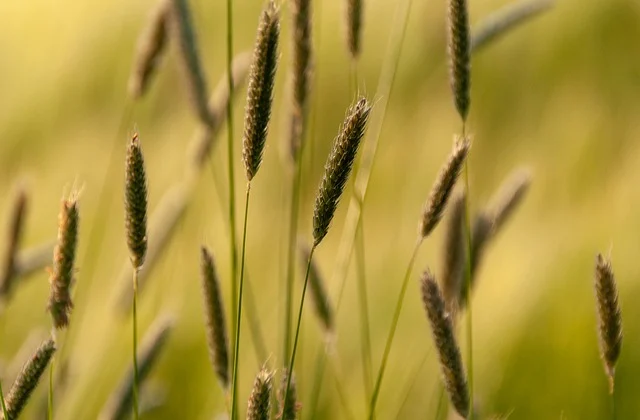
Overwatered Pepper Plant: Best Tips To Save Your Plant
Pepper plants are a favorite among home gardeners for their vibrant fruits and versatility in the kitchen. However, they are not immune to the perils of overwatering. If you’ve noticed your pepper plant showing signs of distress, such as wilting leaves, yellowing foliage, or even mold growth, it’s essential to take action promptly. In this blog, we’ll explore the best tips to save your overwatered pepper plant and prevent this common problem from recurring.
Signs of Overwatering
Before we dive into solutions, let’s first identify the signs that your pepper plant is suffering from overwatering. Recognizing these symptoms early is crucial to preventing further damage:
- Wilting Leaves: Overwatered pepper plants often exhibit wilting, which might seem counterintuitive since one might think wilting means the plant needs more water. However, in this case, it’s a sign that the roots are struggling to access oxygen due to excessively wet soil.
- Yellowing Leaves: Yellowing or browning of leaves can be a clear indicator of overwatering. This condition often arises due to nutrient leaching, where excess water flushes away essential nutrients.
- Mold or Mildew Growth: Excess moisture creates a breeding ground for mold and mildew, which can quickly spread and harm your plant.
- Consistently Soggy Soil: One of the most telling signs is soil that stays soggy or waterlogged for an extended period.
Why Overwatering is Harmful
Understanding why overwatering is detrimental to your pepper plant is crucial to grasp the importance of addressing the issue:
- Root Rot: Overwatering promotes the growth of harmful pathogens in the soil, leading to root rot. This condition can be fatal to your plant if not treated promptly.
- Nutrient Leaching: Excess water washes away vital nutrients, leaving your pepper plant malnourished.
- Reduced Oxygen Supply: Waterlogged soil lacks adequate oxygen, suffocating the plant’s roots and hindering their ability to absorb nutrients and water.
Best Tips to Save Overwatered Pepper Plants
Now that we’ve identified the signs and risks of overwatering, let’s delve into effective solutions to rescue your pepper plant:
Adjusting Watering Frequency:
– Check soil moisture before watering to ensure it’s genuinely dry.
– Water at the base of the plant to prevent moisture on the leaves.
– Ensure your plant pots have proper drainage holes.
Proper Drainage Solutions:
– Use well-draining potting mix to enhance soil drainage.
– Elevate pots slightly to prevent water from pooling at the bottom.
Pruning and Trimming:
– Remove damaged or rotting parts of the plant.
– Regularly prune your pepper plant to maintain its overall health.
Monitoring Humidity:
– High humidity can exacerbate overwatering issues. Ensure good airflow around your plant.
– Consider using a dehumidifier in indoor growing environments.
Repotting and Soil Amendments:
– Repot your overwatered plant if necessary, using a pot with better drainage.
– Add organic matter or perlite to your soil to improve aeration and drainage.
Preventing Overwatering in the Future
To prevent overwatering from happening again, here are some proactive steps to take:
Watering Schedule
Understand the specific watering needs of pepper plants. They typically prefer deep, infrequent watering rather than shallow, frequent sessions. Adjust your watering schedule accordingly.
Environmental Factors
Consider the climate in your region. If you live in a humid area, your pepper plants may need less frequent watering than those in arid climates. Additionally, the size of the pot, the age of the plant, and the season can all influence watering requirements.
Soil Testing and Maintenance
Regularly test your soil’s pH and nutrient levels. Adjust your care routine based on the results. Additionally, consider using a biological fertilizer, such as Soil Fertil or Soil Activar, to naturally enrich your soil with nutrients. These organic fertilizers not only provide essential nutrients but also improve soil structure and microbial activity.
Observation and Adaptation
Keep a close eye on your plants. Regularly inspect them for signs of stress, disease, or pests. Adjust your care routine promptly if you notice any issues.
Don’t let overwatering put a damper on your pepper plant’s growth and productivity. By recognizing the signs, understanding the risks, and following the tips provided in this guide, you can rescue your overwatered pepper plant and ensure its long-term health. Remember that prevention is key, so stay vigilant and adjust your care routine to meet your pepper plant’s specific needs. Happy gardening!







